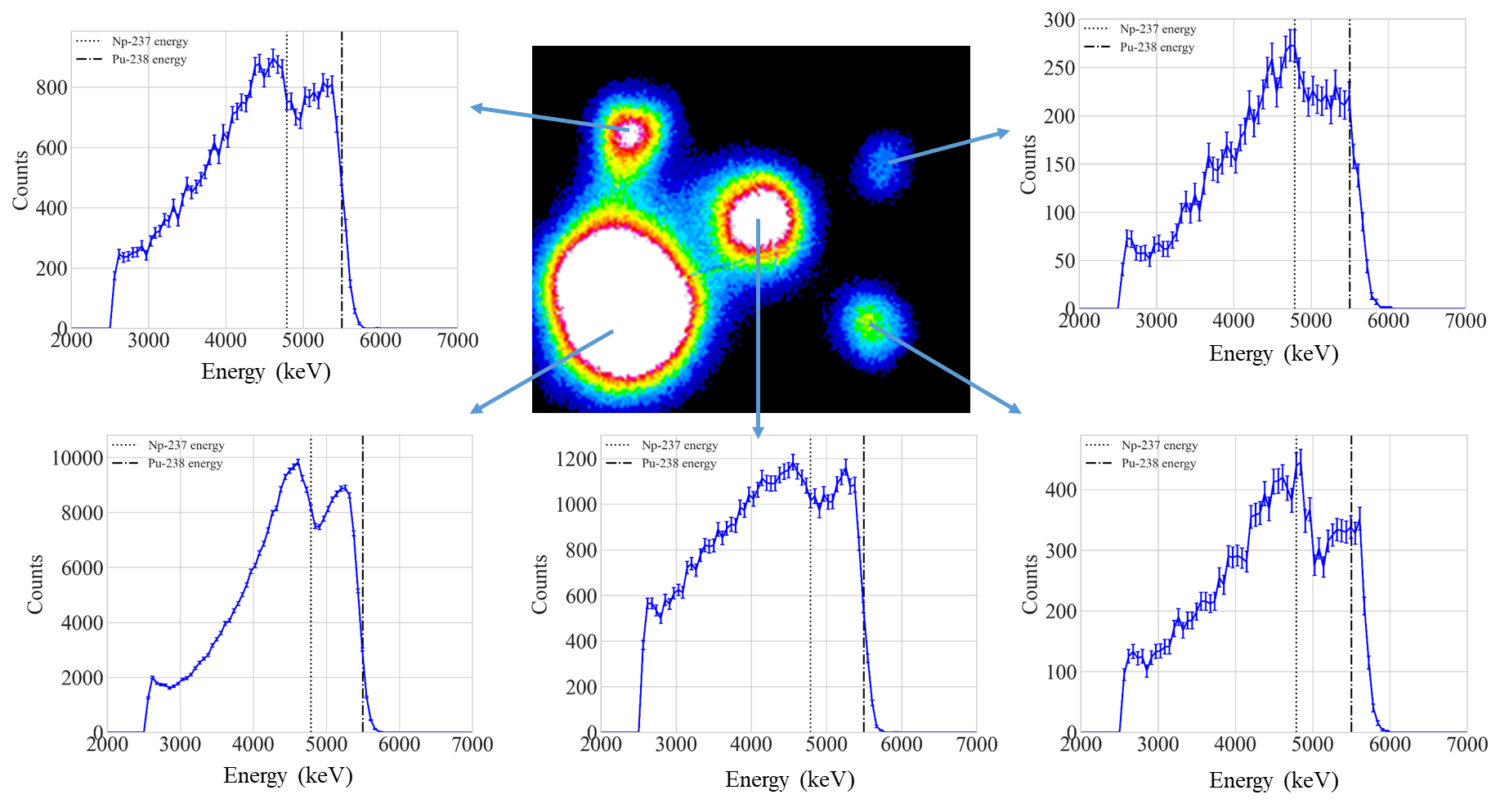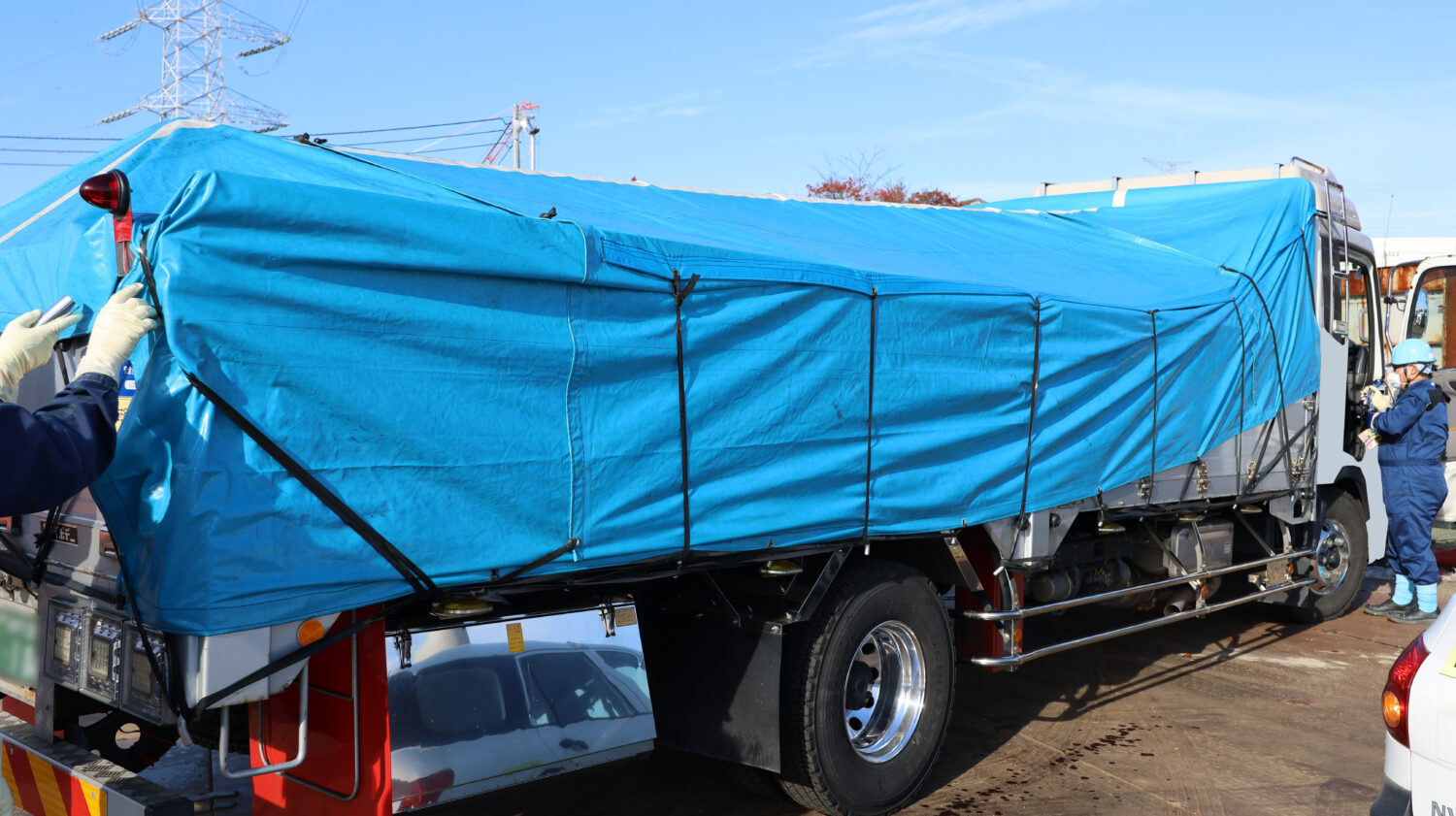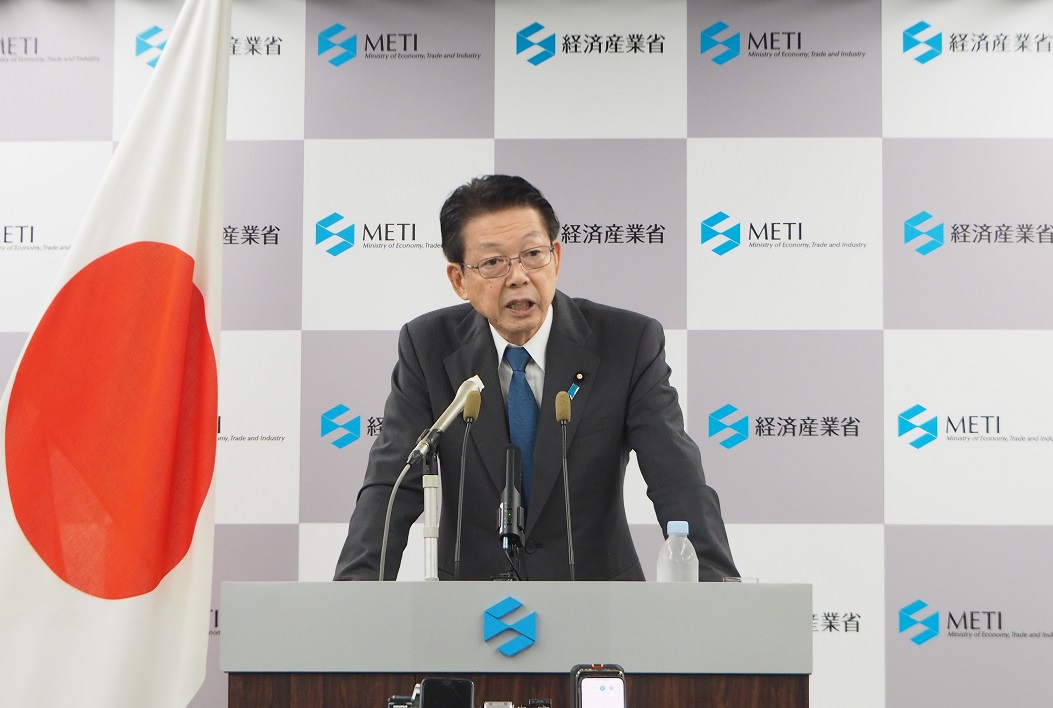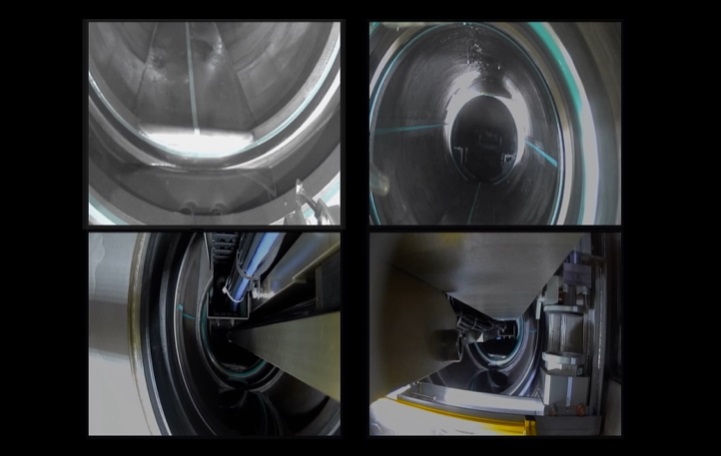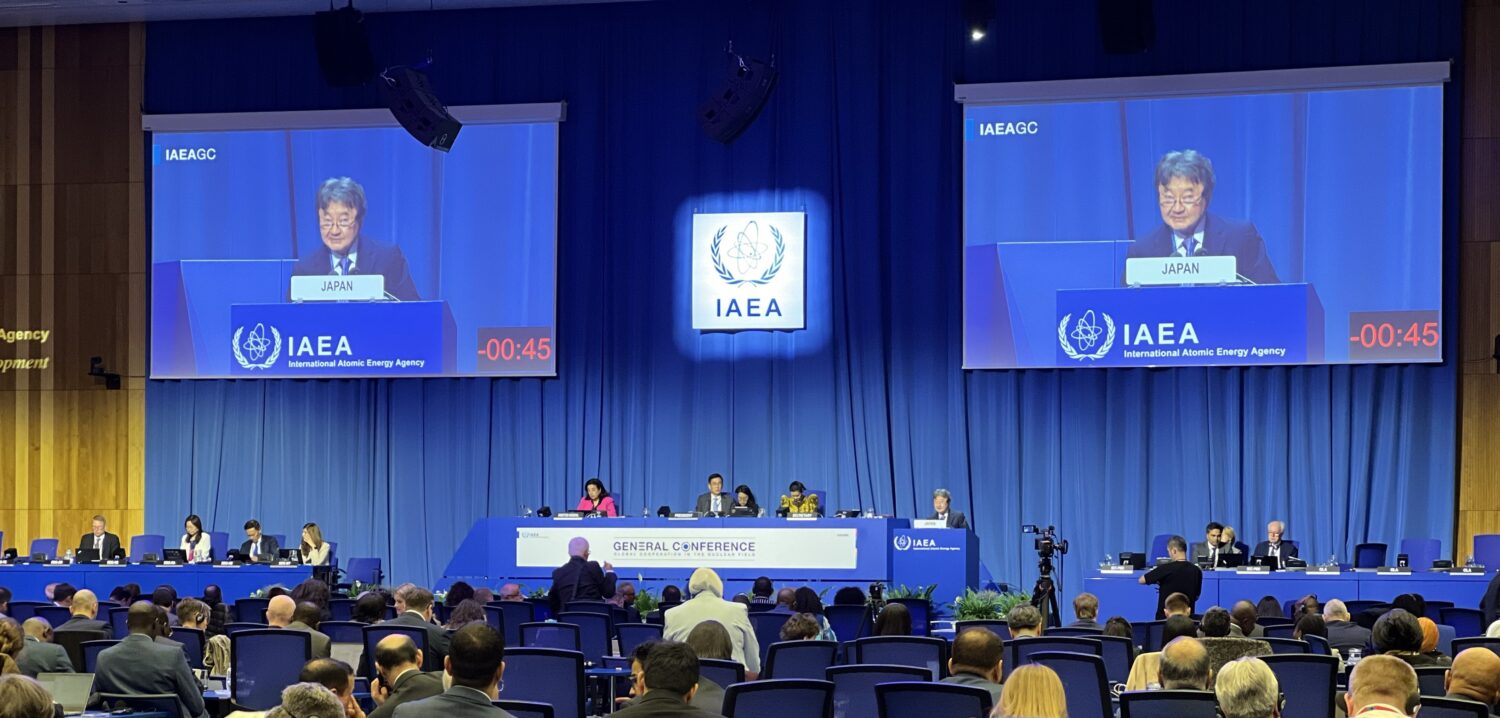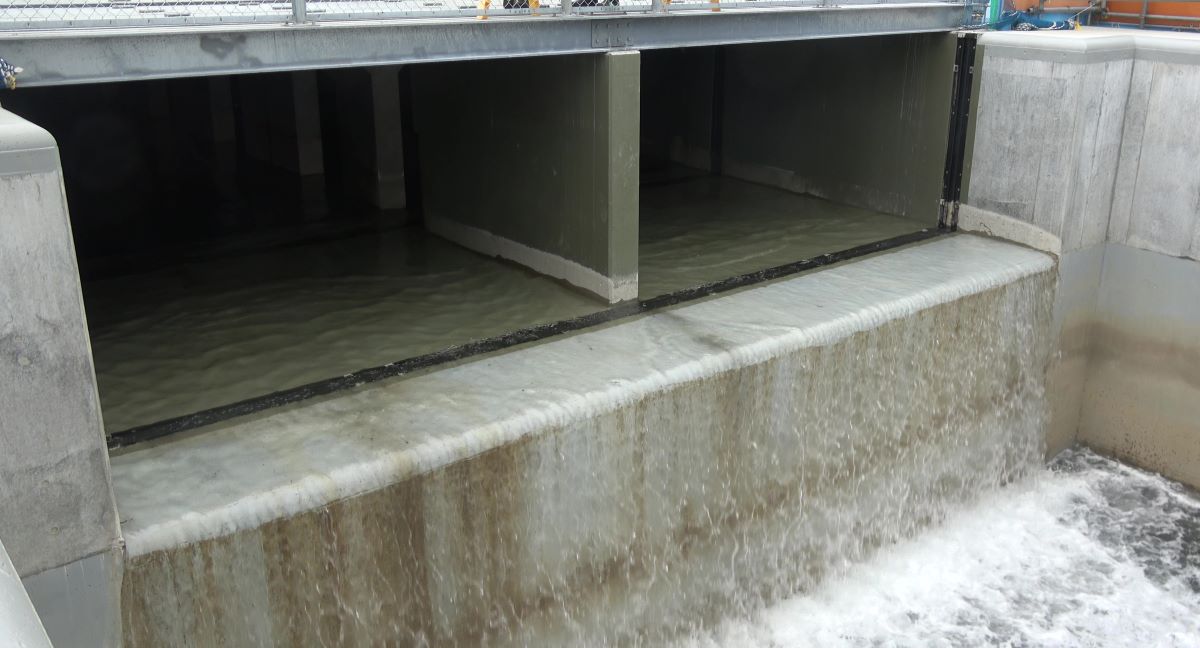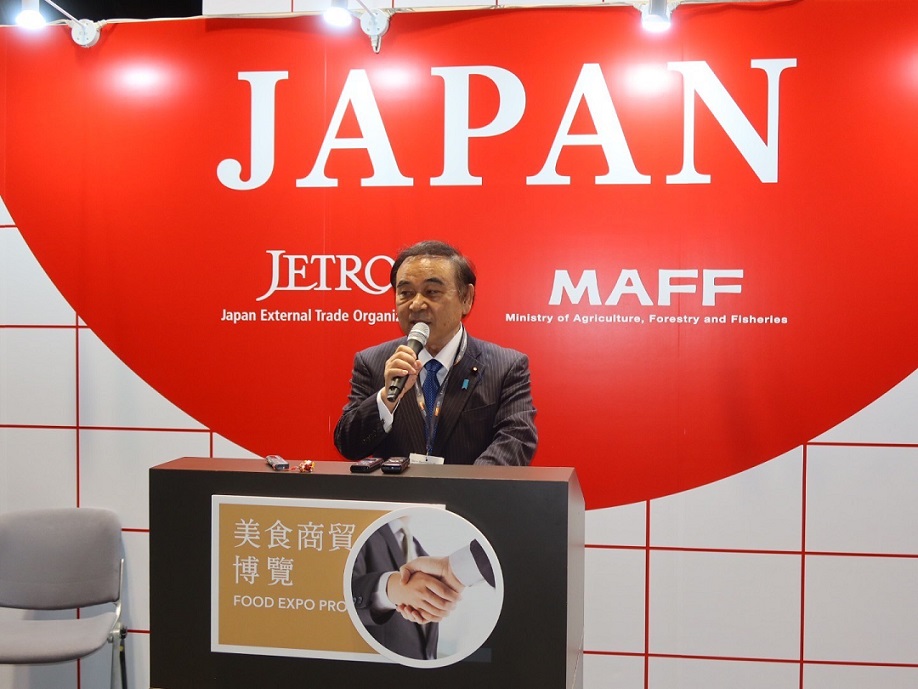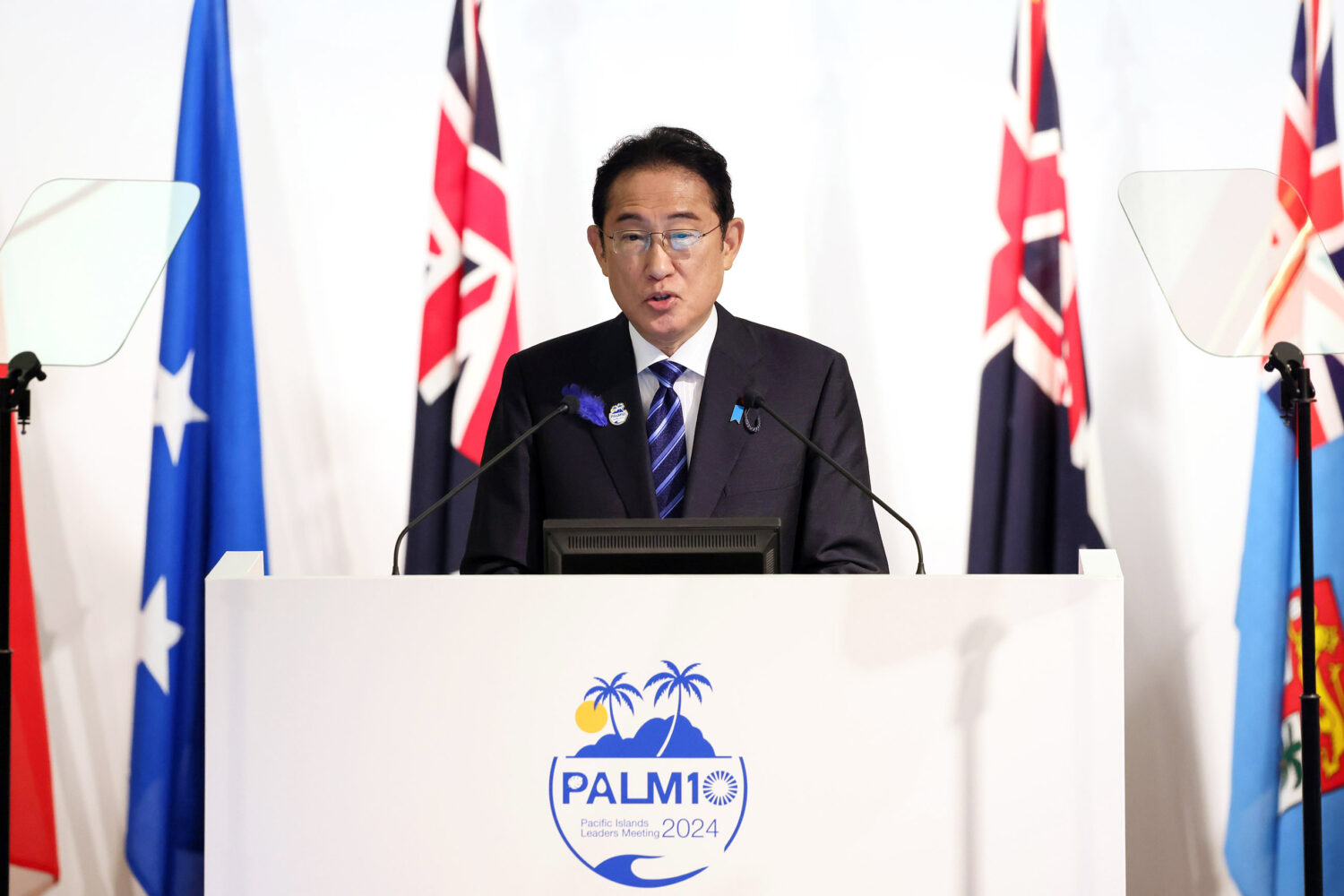The lifting of evacuation orders for both Tamura City (April 2014) and Kawauchi Village (October 2014) was noted as progress under the basic guidelines for Fukushima reconstruction issued in December 2013.
Future issues were also pointed out, as follows:
- Enhancing activities toward the further lifting of evacuation orders and returning home.
- Enhancing activities to support residents starting “new lives.”
- Making every effort possible to bring the accident under full control.
Given that FY15 (April 2015 to March 2016) is the final year of a five-year concentrated reconstruction period designated by the government in 2011, the prime minister said, “It is necessary to show our framework for supporting reconstruction in and after FY16 as soon as possible.”
In terms of reconstruction from the nuclear disaster, Abe said that “all relevant ministers have to work together and accelerate their efforts to lift evacuation orders for Naraha Town and other places, so that residents will be able to return to their homes with hope.”
Meanwhile, in regard to decommissioning and contaminated water at the Fukushima Daiichi Nuclear Power Station (NPS), he said that the national government would “come to the forefront to strengthen related efforts to rebuild trust with the local communities.”
At a press conference held on March 10, to mark the occasion of the fourth anniversary of the giant earthquake on the following day, the prime minister reiterated the Japanese government’s attitude that “all cabinet members are reconstruction ministers.”
He also talked about the current state of reconstruction of the affected Tohoku region and related issues, saying that a policy package for the “rebirth” of Fukushima would be released in May, and that a vision for a self-supporting Fukushima would be finalized in the summer.
Regarding the interim storage of contaminated soil, meanwhile, he expressed his gratitude again to the towns of Futaba and Okuma for their acceptance of the facility.



